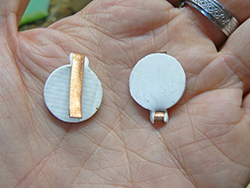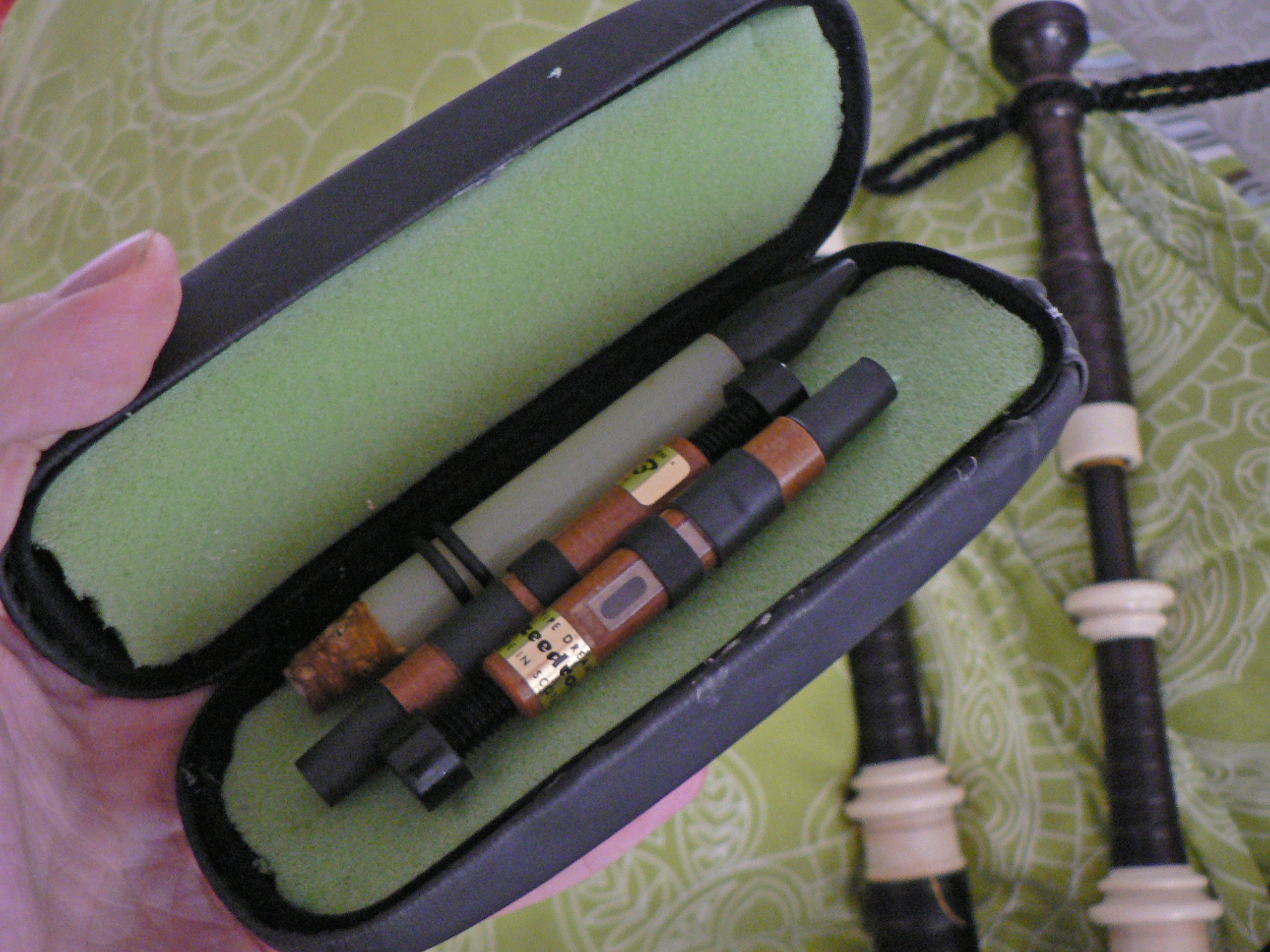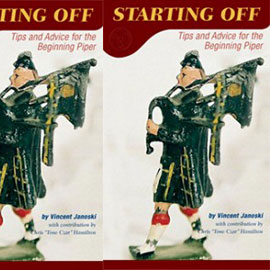Tuesday, November 23, 2010

For those new to the hide bag tie-in, it has always been necessary to measure out and place the spots where your stocks will insert. A quarter-sized hole is then cut into the leather and the stock pushed through. The trick is always to get as round a hole as possible. The more perfectly circular the hole, the less likely it will be to tear when you push your stock through. The only way to do this well is to have an ideally sized “punch” to stamp out that hole.
Read More
Friday, November 12, 2010

Are there any pipers left who remember the days of leather blowstick flapper valves? The little circles of old bag leather that dried up and had to be gnawed back to life in order to function? No? Well, once upon a time pipers had to make their own flapper valves to tie on to their blowpipes.
Read More
Friday, October 22, 2010

Back in the day, the gooey black bits of “cobbler’s wax” were oftentimes a melted mess in a piper’s maintenance kit awaiting their next turn at a strand of hemp. What is simply globs of pine resin and pitch (otherwise known by the scientific name “soot”), the stuff was crumbly, sticky, and infuriating at the same time but has always been ideal for sticking that first wrap of hemp on your pipe tenons. But what do you do when your chunk of black wax has crumbled to nothing?
Read More
Tuesday, October 19, 2010

Over the years, I have acquired many sets of drone reeds. Right now, I’ve got two combination sets going for solo and band playing that comprise three different makes. It has been an ongoing challenge keeping them packed safe and sound while they are not being played or transported in my pipe case.
Read More

 Pipehacker
Pipehacker






